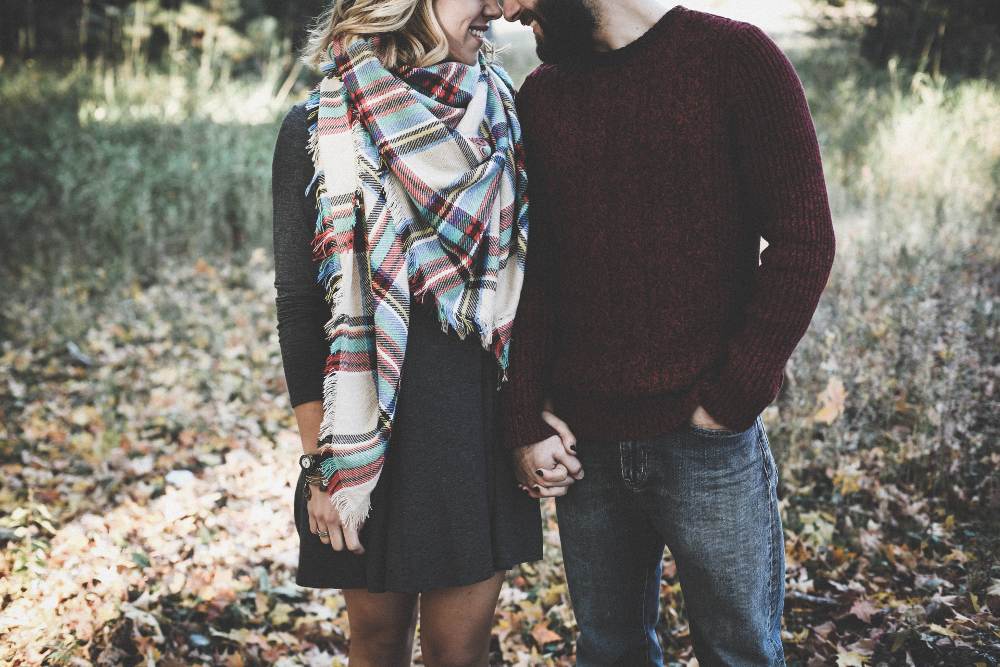
1. Prevalence of Royal Wedding Rituals
Rajputs take immense pride in their lineage, and their weddings reflect their royal ancestry. Traditional Rajput weddings often feature grand processions, elaborate decorations, and regal wedding attire. The groom, dressed as a warrior prince, arrives on a horse or an elephant, showcasing the grandeur of Rajputs’ marriage.
2. Importance of Gotra in Matchmaking
Rajputs follow a strict gotra (lineage) system when selecting a life partner. They adhere to the rule of not marrying within the same gotra to ensure genetic diversity and honor their ancestry. Marriage bureaus specializing in Rajputs’ marriage consider gotra as a crucial factor when offering matrimonial services.
3. The Sacred Ritual of Pheras
The saat pheras (seven sacred vows) hold immense significance in a Rajput wedding. Each phera signifies a promise between the bride and groom, reinforcing their commitment to each other. This ritual is performed around a sacred fire, symbolizing their eternal bond.
4. Influence of Kanyadaan and Paani Grahan
Kanyadaan, meaning ‘giving away the daughter,’ is a highly revered tradition in Rajput weddings. The bride’s father places her hand in the groom’s, signifying the transfer of responsibilities. Paani Grahan follows, where the groom accepts the bride’s hand, promising to protect and cherish her forever.
5. Rajput Brides’ Traditional Attire
A Rajput bride’s wedding outfit is nothing short of majestic. Dressed in a heavily embroidered lehenga, she dons exquisite jewelry such as borla (maang tikka), nath (nose ring), and bajubandh (armlets). The use of traditional fabrics, gold ornaments, and a royal veil enhances her regal charm.
6. Sword-Wielding Grooms
One of the most fascinating aspects of Rajput weddings is the groom carrying a sword. This symbolizes Rajput warriors’ bravery and signifies their readiness to protect their bride and family. The sword also represents the warrior spirit embedded in Rajput heritage.

7. Pre-Wedding Ceremonies and Festivities
A Rajput wedding is not just a one-day affair; it involves multiple pre-wedding ceremonies such as:
Ganpati Sthapana: Worshipping Lord Ganesha for an auspicious beginning.
Haldi Ceremony: Applying turmeric paste for radiance and purification.
Mehendi Ceremony: Decorating the bride’s hands and feet with intricate henna designs.
Mahira Dastoor: A ritual where maternal uncles offer gifts to the bride and groom.
8. The Purdah System in Rajput Weddings
Traditional Rajput weddings often observe the purdah system, where the bride remains veiled until specific rituals are completed. This custom symbolizes modesty and the respect Rajputs have for their age-old traditions.
9. Community Involvement in Matchmaking
Rajputs give high importance to community-based matchmaking, often relying on matrimonial services to find suitable matches. Marriage bureaus specializing in Rajputs’ marriages play a crucial role in helping families connect and ensuring compatibility based on tradition, culture, and values.
10. Rajput Wedding Feasts and Celebrations
A Rajput wedding is incomplete without a grand feast. The traditional wedding menu includes mouth-watering delicacies like dal baati churma, laal maas, and gatte ki sabzi. Guests are treated to a lavish spread, reflecting Rajput hospitality and grandeur.
The Blessings Matrimonials
Rajputs, known for their valor, chivalry, and deep-rooted traditions, follow a distinct and culturally rich approach to marriage. Rajputs’ marriage is a grand affair that upholds their centuries-old customs while embracing modern matrimonial trends. Below are ten amazing facts about Rajput marriages that showcase their unique heritage.
Conclusion
Rajputs’ marriage is a magnificent blend of tradition, honor, and cultural richness. From sword-wielding grooms to regal wedding attire and sacred rituals, every aspect of a Rajput wedding reflects their legacy. Marriage bureaus and matrimonial services dedicated to Rajput traditions help families uphold these customs while ensuring successful matches. By preserving their heritage while embracing modernity, Rajputs continue to celebrate marriage as a sacred and grand institution.
Don’t Miss: 5 Most Important Traditions and Rituals for a Successful Hindu Marriage
FAQs
1. What role do marriage bureaus play in Rajputs’ marriages?
Marriage bureaus help Rajput families find compatible matches based on factors like gotra, lineage, culture, and tradition. They provide matrimonial services that respect Rajput customs while incorporating modern matchmaking techniques.
2. Why do Rajput grooms carry a sword during the wedding?
The sword symbolizes the Rajput warrior heritage and signifies the groom’s readiness to protect his bride and family. It represents honor, valor, and tradition in Rajput weddings.
3. What is the significance of the gotra system in Rajput weddings?
The gotra system ensures genetic diversity and prevents close-kin marriages. Rajput families strictly adhere to this tradition to honor their ancestry and maintain lineage purity.
4. What are some key pre-wedding rituals in Rajput weddings?
Important pre-wedding rituals include Ganpati Sthapana, Haldi Ceremony, Mehendi Ceremony, and Mahira Dastoor. These rituals mark the beginning of wedding celebrations and hold deep cultural significance.
5. How do matrimonial services help in Rajputs’ marriages?
Matrimonial services specialize in finding suitable Rajput matches by considering factors like family background, traditions, and preferences. These services ensure that the match aligns with cultural expectations and values.